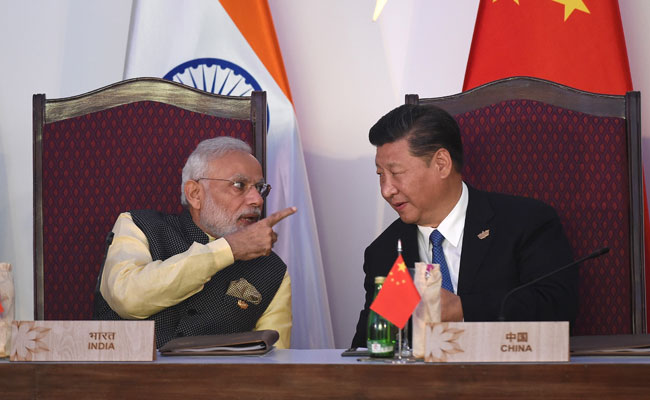Recently a news about Indian economy expected to become the fastest growing among the large nations in the world, overshadowing that of China in 2018 went viral. We decided to get to the core of it.
The news finds its origin from a report published by Sanctum Wealth Management. Sanctum is an Indian wealth management firm which acquired RBS India’s Private Banking business in 2015.
What does the Report say?
According to a report by Sanctum Wealth Management, the Indian economy would be viewed as an economy that would have undergone reforms offering prospects of a long-term growth. “India will become the fastest growing large economy in the world, eclipsing China. Indian equity market will jump to become the fifth largest in the world,” the report mentioned.
The report also added that at a time when even developed economies are cheering 2 to 3 percent growth India is focused on achieving consistent growth that is poised to surpass 7.5 percent. It would be pertinent to observe that presently China is experiencing a slower pace of growth. The report notes that the steps taken by the Central Government to reform the Indian economy such as Aadhar, Jan Dhan, Demonetization and GST seem to be working to create an inclusive infrastructure seeking to promote further investment and growth in the country. Such major stress on the creation of an inclusive infrastructure was hitherto missing in the approach of the previous Governments towards strengthening the Indian economy. “Given the rapid pace at which the Indian economy is developing, investors today are faced with the need to make crucial investment decisions amidst multiple cross currents, using a complex array of choices,” Sanctum Wealth Management Chief Executive Officer Shiv Gupta said.
What does the report caution about?
However, the report also cautions that markets may not register further gains if inflation rises. The consumer price index or the retail inflation was 5.21 percent in December 2017, up from 3.41 percent in December 2016. Similarly, the Consumer food price index was 4.96 percent in December 20017, which was up from 1.37 percent in the same month in 2016. But, analysts expect the inflation rate to be stable around between 5 to 5.2 percent during the financial year 2018. On another positive note, the Index of Industrial Production for the month of November in 2017 grew by 8.4 percent as per the data of Central Statistical Organization. This indicates a revival of the manufacturing sector, driven by rising growth in manufacturing.
What does the report say about the Big Bang changes done by Modi Government?
The report by Sanctum Wealth Management outlines that as the Indian economy is on the path of recovery after the major reforms such as demonetization and GST taken by the Government further structural reforms would lead to domestic economic growth. As the Government takes further steps for further spending for the execution and implementation of the various projects. Such structural reforms will also lead to increased credit flow and liquidity in the economy leading to a stability sometime in the middle of 2018. An interesting point mentioned by the report relates to the increase in investment in real estate, especially home purchases made by the millennials. With many millennials working and earning substantially, they seem to be making investments in home purchases at a relatively young age than the previous generation. This will also likely lead to a re-consolidation in the real estate market leading to a beginning in the increase of returns in the real estate sector.
What does the report say about how International Investors will look at India?
International investors will view the Indian asset market very favourably beginning with the year 2018. The report notes that “The Modi Government has also strengthened its economic and legal infrastructure with real estate and bankruptcy legislation, applied corporate governance mandates for the PSE sector and fiscal transparency”. The report goes on to add, “Reforming countries experience a growth acceleration in the medium term, following short term pain. We expect India to be the fastest growing large economy in the world in 2018”. The bank also hails the efforts of the Government for recapitalization of banks.
Among other factors, the implementation of GST has led to growth of the warehousing market in India by eliminating a multi-layered tax system and state borders, thus creating a uniform and fair marketplace across the entire country. The other macroeconomic indicators are likely to remain comfortable with a substantial increase in the flow of Foreign Direct Investment (FDI) and rising foreign exchange reserves and the value of the currency remaining stable.
Meanwhile, in another thumbs up to the steps taken by the Government to strengthen the Indian economy, the recent report of the IMF has also projected that the Indian economy would grow at 7.4 percent of its GDP, while China would grow at 6.8 percent. The IMF in its World Economic Outlook report has further projected India’s GDP growth at 7.8 percent in 2019, while that of China at 6.4 percent (down from 6.8 percent in 2018). Earlier this month, David Lipton, IMF’s first Deputy Managing Director had said in Hong Kong, “India is reclaiming its place as a growth leader after a short slowdown”. It seems that “achche din” for the economy are not only here, but here to stay for long under Prime Minister Narendra Modi.
